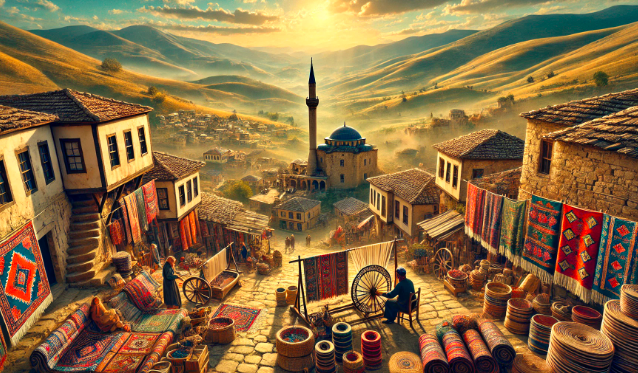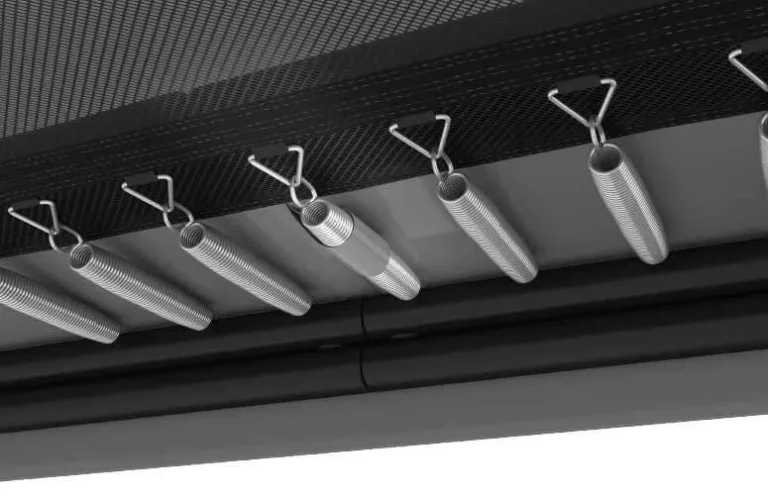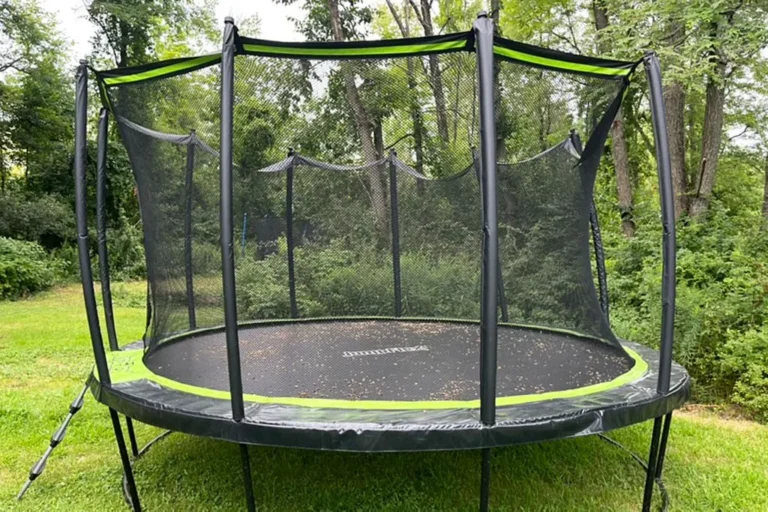
Introduction
Cevurı is an intricate and beautiful traditional Turkish art form that has been deeply rooted in the country’s history for centuries. This craft is not just about aesthetics; it carries cultural significance, represents heritage, and has been passed down through generations. Whether it is in textile weaving, woodwork, or ceramics, Cevurı embodies the spirit of Turkish craftsmanship. In this guide, we will explore the origins, techniques, cultural relevance, and modern adaptations of Cevurı, providing a comprehensive understanding of its importance.
Historical Background
The history of Cevurı dates back to ancient Anatolia, where early civilizations like the Hittites and Byzantines contributed to the development of intricate designs and craftsmanship. During the Ottoman Empire, Cevurı flourished, with artisans creating breathtaking works in textiles, tiles, and metals. The influence of neighboring cultures such as Persian, Arabic, and European designs further enriched the Cevurı tradition. Over time, specific techniques evolved in different regions, making each Cevurı creation unique to its locality.
The Art of Cevurı Craftsmanship
Materials Used
Cevurı artisans use a variety of natural materials to create their masterpieces. Some of the most common materials include:
- Natural Fibers: Wool, silk, and cotton are traditionally used in textile-based Cevurı, ensuring durability and vibrant colors.
- Wood: Carvings on walnut, beech, and oak bring out intricate details in furniture and decorative pieces.
- Metal: Silver, copper, and brass are commonly used for jewelry and ornamental items.
- Natural Dyes: Extracted from plants and minerals, these dyes provide a rich, lasting color palette.
Weaving Techniques
Traditional Cevurı weaving is an elaborate process that involves several meticulous steps:
- Designing the Pattern: Artists sketch intricate patterns that reflect cultural motifs.
- Thread Preparation: Natural fibers are spun and dyed before being woven.
- Loom Setup: The warp threads are arranged on the loom to create the foundation.
- Weaving Process: Artisans interlace weft threads to bring the design to life.
- Final Touches: The woven piece is washed and refined to enhance its texture and appearance.
Common Patterns and Motifs
Cevurı designs often incorporate traditional Turkish symbols, such as:
- Geometric Patterns: Representing infinity and eternity.
- Floral Motifs: Symbolizing nature and prosperity.
- Calligraphy: Depicting Arabic and Ottoman script for religious and artistic purposes.
Cultural Significance of Cevurı
Cevurı plays a vital role in Turkish culture, influencing various aspects of daily life, ceremonies, and storytelling traditions.
Role in Daily Life
From decorative rugs in homes to intricately designed clothing, Cevurı is an essential part of Turkish households. Even today, handmade Cevurı products are highly sought after for their authenticity and quality.
Ceremonial and Ritual Importance
Cevurı items are often used in major life events, such as:
- Weddings: Brides receive handwoven textiles as part of their dowry.
- Religious Ceremonies: Mosques feature elaborate Cevurı tilework and carpets.
Storytelling Through Weaving
Each Cevurı piece tells a story, whether it’s about love, history, or faith. These designs are not just decorative but serve as a medium for preserving legends and family histories.
Regional Variations of Cevurı
Different regions of Turkey have developed their own distinct styles of Cevurı, reflecting local culture and available materials. Below is a table summarizing these variations:
| Region | Specialty |
|---|---|
| Central Anatolia | Kilim rugs with geometric patterns |
| Eastern Anatolia | Intricate embroidery on textiles |
| Aegean Region | Blue and white ceramic tilework |
| Southeastern Turkey | Handwoven silk fabrics |
Decline and Revival of Cevurı
Factors Leading to Decline
The decline of Cevurı can be attributed to several factors, including industrialization, urbanization, and mass production, which have overshadowed handmade craftsmanship.
Modern Revival Efforts
In recent years, artisans, NGOs, and cultural organizations have initiated programs to revive Cevurı. These efforts include:
- Government Support: Funding traditional artisans and workshops.
- Artisan Cooperatives: Encouraging young people to learn the craft.
- Online Marketplaces: Selling handmade Cevurı products globally.
Economic Impact of Cevurı
Cevurı contributes significantly to Turkey’s economy through tourism and the artisan market. However, challenges such as market competition and lack of formal training continue to impact artisans.
Preservation and Future Prospects
Efforts to preserve Cevurı include:
- Educational Programs: Schools and universities are incorporating traditional arts into their curriculum.
- Global Recognition: Cevurı is gaining international appreciation through exhibitions and UNESCO recognition.
- Sustainable Practices: Artisans are adopting eco-friendly production techniques to ensure long-term sustainability.
Conclusion
Cevurı is more than just an art form; it is a reflection of Turkey’s cultural identity and rich heritage. While modern challenges threaten its existence, ongoing efforts to revive and sustain Cevurı ensure that future generations can continue to appreciate and cherish this traditional craft. Whether as a collector, enthusiast, or artisan, supporting Cevurı means preserving a valuable piece of history.
RELATED ARTCILES
MyWebInsurance.com Business Insurance: A Comprehensive Guide
Crypto30x.com Gigachad: A Comprehensive Guide
Understanding Viprow.us.com Odds: A Complete Guide to Betting Success






